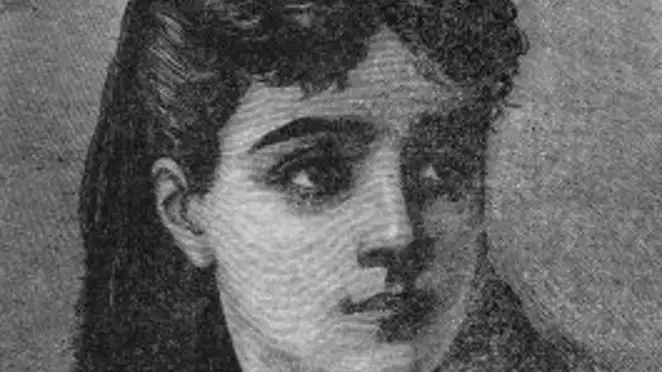
Birth
Marie-Sophie Germaine, French mathematician was born in 1776. Being a female; she never wavered in her pursuit of mathematics despite the hindrances in a patriarchal society that barred a woman from taking education. In her early life, she kept hidden her identity and worked under pseudonym of Leblanc. Mainly she taught herself by studying books from her father’s library. Her passion for mathematics despite obstacles and family pressure remained unrivaled.
Sophie’s contribution to mathematics is remarkable mainly because without taking any formal education, she proved her mettle as one of mathematician that contributed towards development of game theory. It would not be wrong to assume that perhaps she was the first female that helped in advancement of mathematics. As Gauss said about her:
How can I describe my astonishment and admiration on seeing my esteemed correspondent M Le Blanc metamorphosed into this celebrated person… when a woman, because of her sex, our customs and prejudices, encounters infinitely more obstacles than men in familiarizing herself with [number theory’s] knotty problems, yet overcomes these fetters and penetrates that which is most hidden, she doubtless has the most noble courage, extraordinary talent, and superior genius.
Contribution in mathematics
Her education in mathematics mainly resulted from correspondence with Legendre, and Gauss. In mathematics, her chief interest lied in number theory that was aroused after reading publication of Legendre and Gauss. Afterwards, she presented her work on Fermat’s last theorem by proving that
n = p – 1
Later on, her interest diverted to Ernst Chladni’s work that sought to give mathematical explanation of vibrating elastic surface of metal plates. With regards to her interest in elasticity, she also took part in contest initiated by Paris Academy of Sciences but didn’t win owing to ingenuous basis of her theory. But after two attempts, she ultimately succeeded in winning the prize, the highest honor given to any woman, by presenting the correct derivation of differential equation in her work “Recherches sur la théorie des surfaces élastique”. The final equation is as follows:
![]()
Although her work received the prize but the Academy didn’t approve of her experimental results and rejected her revised attempt as inadequate.
But her widely acclaimed contribution is bringing forth mathematical proof of Fermat’s last theorem and later came to be known as Sophie Germain’s theorem. As Del Centina stated that “after almost two hundred years her ideas were still central”.
Other contribution
Her other contribution is in spheres of philosophy and sociology. Her philosophy regarding sociology influenced the later thinkers like Auguste Comte. She classified the facts by generalizing them into laws as foundation of science of psychology and sociology. But her interest in elasticity remained an inspiration with her. As Mary Gray said
“She also published in Annales de chimie et de physique an examination of principles which led to the discovery of the laws of equilibrium and movement of elastic solids.”
In recognition of her contribution towards advancement of mathematics, an honorary degree was also conferred upon her by university of Gottingen after six years of her death.
Death
After being diagnosed with breast cancer, she never gave way to her disease rather worked vigorously on her work of elasticity and game theory. At the age of 55, she died in 1831.